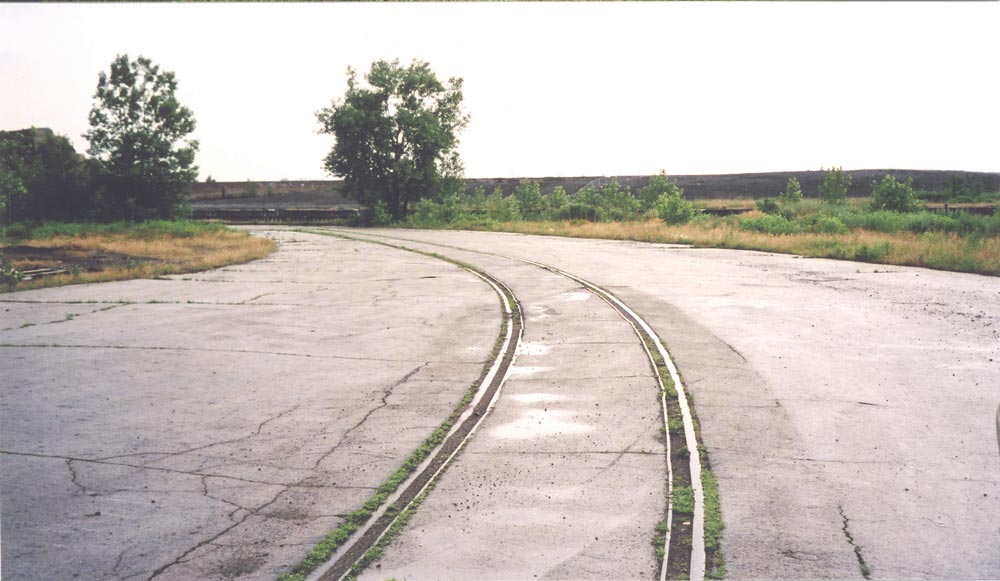Queen of Slag
Transforming Industrial Wastelands

Julie Bargmann assembles her students with the easy authority of a player-coach.
“OK, guys, it’s Romper Room time,” she calls out.
The group huddles around a long wooden table, its brown surface scarred with cuts from a thousand X-Acto blades. Light filters in through a huge window, which frames a radiant spring day. The white columns of Lambeth Field Colonnade gleam in the distance.
Such picture-perfect scenery, however, has limited allure for Bargmann. More to her taste is the task at hand—regenerating a 10-acre parcel in the Starr Hill area of downtown Charlottesville.
The City Yard is nobody’s postcard. It is home to Charlottesville’s department of public works. A motley profusion of cars, buses, honey-brown prefab buildings and wire fences sits in a swale below rows of houses, railroad tracks and the old Jefferson School. It represents a complex package of historical, social, cultural, environmental and economic sensibilities—from providing affordable housing to once housing criminals in the city jail, from harboring a creek to once holding chemical waste.
The role of a landscape architect, as Bargmann sees it, is not to prettify such sites but to redefine their beauty through absolute stewardship, where history tells a story, asphalt becomes mulch and slag is the new green.
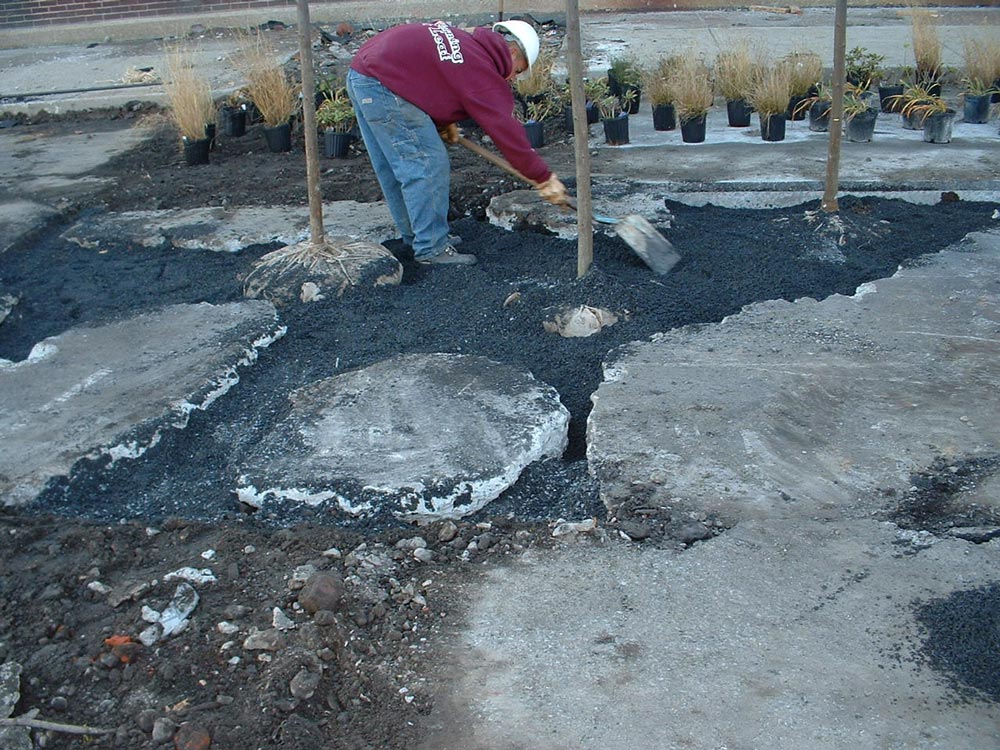
The graduate students in Bargmann’s landscape architecture design studio at UVA have prepared topographical models, drawings, schematics and other illustrations of their designs. Today’s goal is to explain those visions to Bargmann and guest critics and to fine-tune ideas that have been evolving over weeks and months.
“The fishing expedition is over. They want to reel something in,” Bargmann explains to faculty colleague Craig Verzone, who takes the first shift as critic du jour. “I’m still fishing,” counters Rachel Valbrun, and the rest of the students burst into laughter.
Over the next three hours, Bargmann is a picture of concentration. One moment she is motionless, listening with her chin cupped in one hand, eyes riveted to a project; the next, she is gesturing broadly to convey the sweep of a cliff at the site. “I remember we stood there on the side of that cliff and had a feeling you don’t get in a lot of places,” she tells Verzone, spreading her arms to illustrate an aspect of one student’s design.
Practicality guides another comment. “You have to think about the volume of dirt and how it’s transported. Common sense. It’s a lot of common sense,” she tells one student.
Looking at the world through a multifaceted lens has come to define Bargmann—in her aesthetic philosophy, in her role as a teacher, and in her hands-on work beyond the Academical Village.
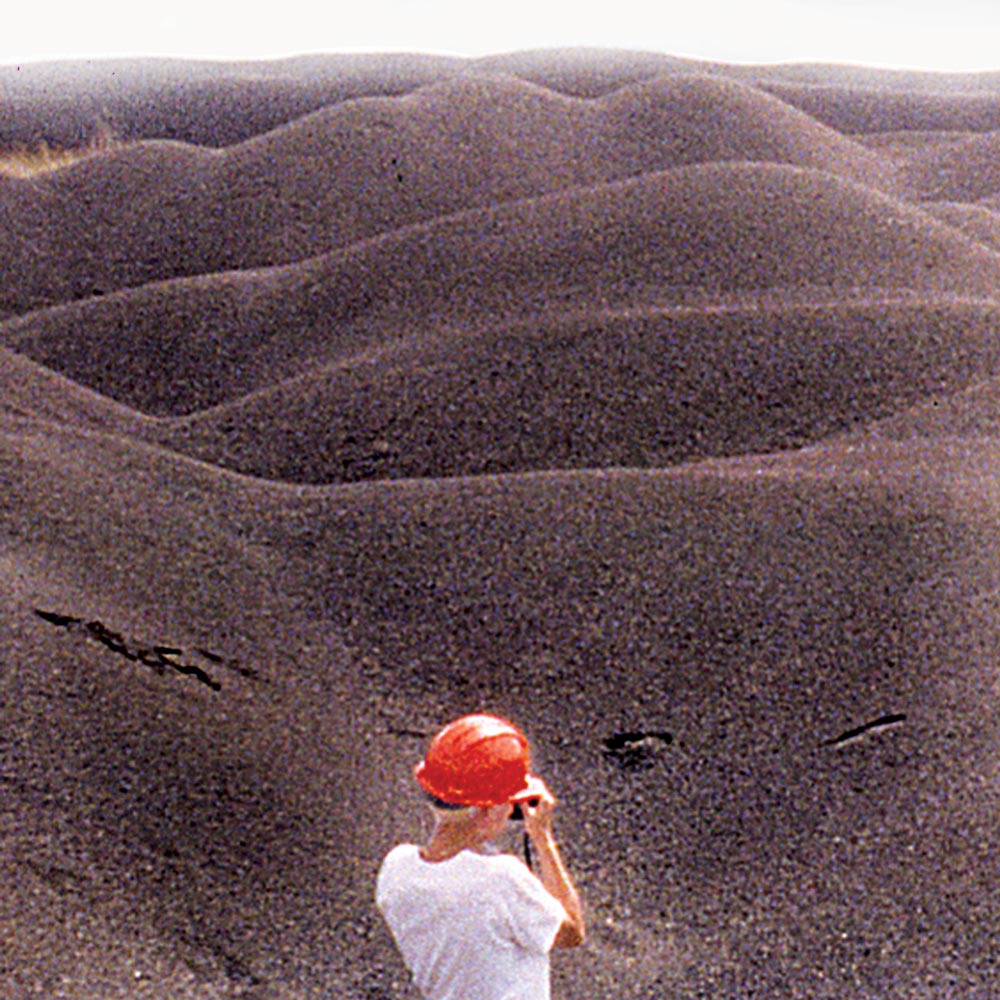
At a former Superfund quarry site in Chicago, for example, she looked at the area’s geological record, its past as a frontier trading post, its industrial value in producing crushed stone and lime, the character of surrounding neighborhoods and a network of nearby parks. Then she designed a multiuse park that provided for fishing, fossil hunting, public gatherings and continued excavations.
Not every idea is greeted with open arms, but embracing complexity is opening eyes to new approaches for bringing industrial wastelands back into the community fold.
“I think Julie is a leader in that sensibility,” says architect Michael Van Valkenburgh, a former teacher, mentor and, recently, collaborator. “Through the work that she’s done, she’s started to generate in people a broader way to think about the world.”
She’s also generated a measure of renown. She’s been called the “reigning toxic beauty queen of brownfield remediation” and the “fairy godmother of industrial wastelands.” Time magazine and CNN have named her one of the most influential people of the 21st century.
A Pennsylvania project begun in 1995 catapulted her work into the spotlight and became the early poster child of her business, D.I.R.T. studio. She joined a team of historians, artists and scientists in reclaiming the history and natural resources of a coal town called Vintondale.
Slogging through mud turned orange from highly acidic mine discharge, she envisioned a design where a creek would flow through a series of pools lined with trees and shrubs. Natural processes would transform the water from lifeless orange to sparkling blue, with plants mirroring the process through colorful foliage.
Other D.I.R.T. projects—in Massachusetts, Michigan, California, Chicago and, currently, Philadelphia—have shown the same imaginative, collaborative approach to regenerating industrial sites. Bargmann strives for holistic approaches, not Band-Aid quick fixes.

Students in her studios get a taste of the toxic as well. In one project called M.U.C.K., they tackled contamination on the Elizabeth River in Chesapeake, Va.; in D.U.M.P., they envisioned alternatives to simply capping and covering the Ivy Landfill in Albemarle County.
The acronyms that Bargmann invariably employs to describe her projects—S.L.A.G., P.O.L.Y. and more—reveal just the tip of her playful humor. Her speech is colorful, as sprightly as her pixie-cut blond hair and twinkling blue eyes. She sometimes dresses in space-age protective suits for lectures. A sign outside her office reads “Toxic Waste Area, Beware of Mutants.”
On the day of her graduate students’ critique, she has a Dawn of the Dead limp as she walks to her office in Campbell Hall. Her long black pinstriped skirt, worn with a short-sleeve top showing Andy Warhol prints of the Empire State Building, hides a brace on a twisted knee. “I fell off a chair,” she says. “I wish I could say I got it falling off a piece of slag or something romantic like that.”
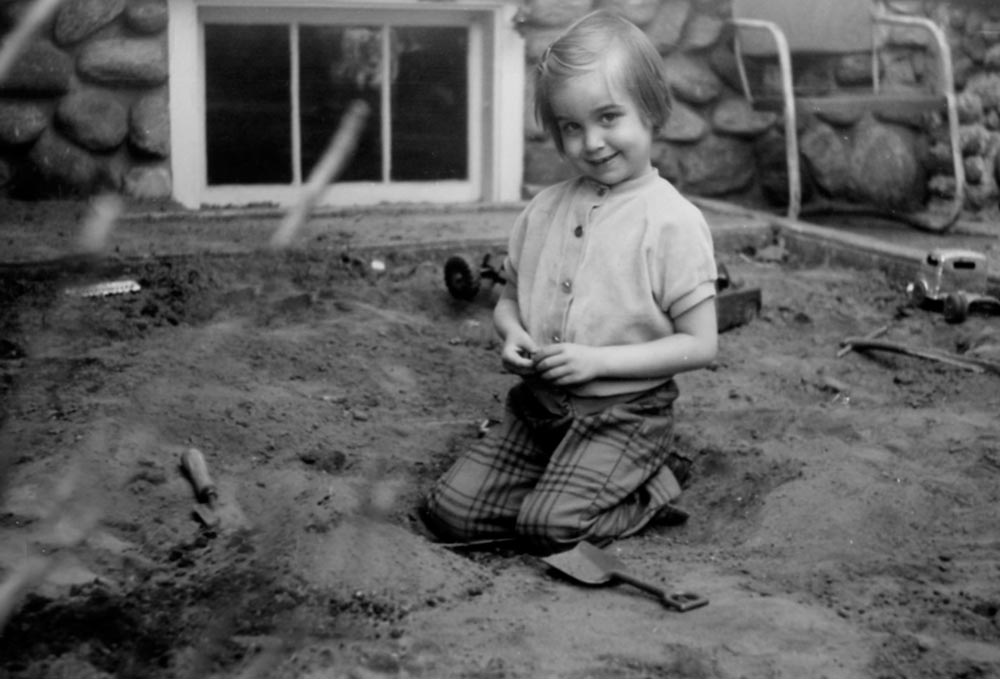
Romancing the slag began when she was a girl in New Jersey. Now 47, Bargmann is one of eight children. Her father was a salesman; her mother, a homemaker. “I have very distinct memories of driving into the city, past the Meadowlands, past the refineries and thinking, ‘These are beautiful,’” she says.
The massive scale and the sense of gritty hard work helped shape her aesthetics and her career. Before landscape architecture, however, came sculpture, which she studied at Carnegie-Mellon University.
She loved making things and expressing visual experience with physical objects. But the confines of a gallery and a limited audience became unbearable. She left sculpture and worked a series of odd jobs during a phase she calls her black-hole period.
“I had no idea what to do. When I came on to landscape, I thought, ‘This is it!’”
During studies at the Harvard Graduate School of Design, she came under the wing of Van Valkenburgh. Her energy and enthusiasm, he recalled, made her stand out, and eventually Bargmann worked in his firm, assisting on high-profile projects in Los Angeles and Columbus, Ind.
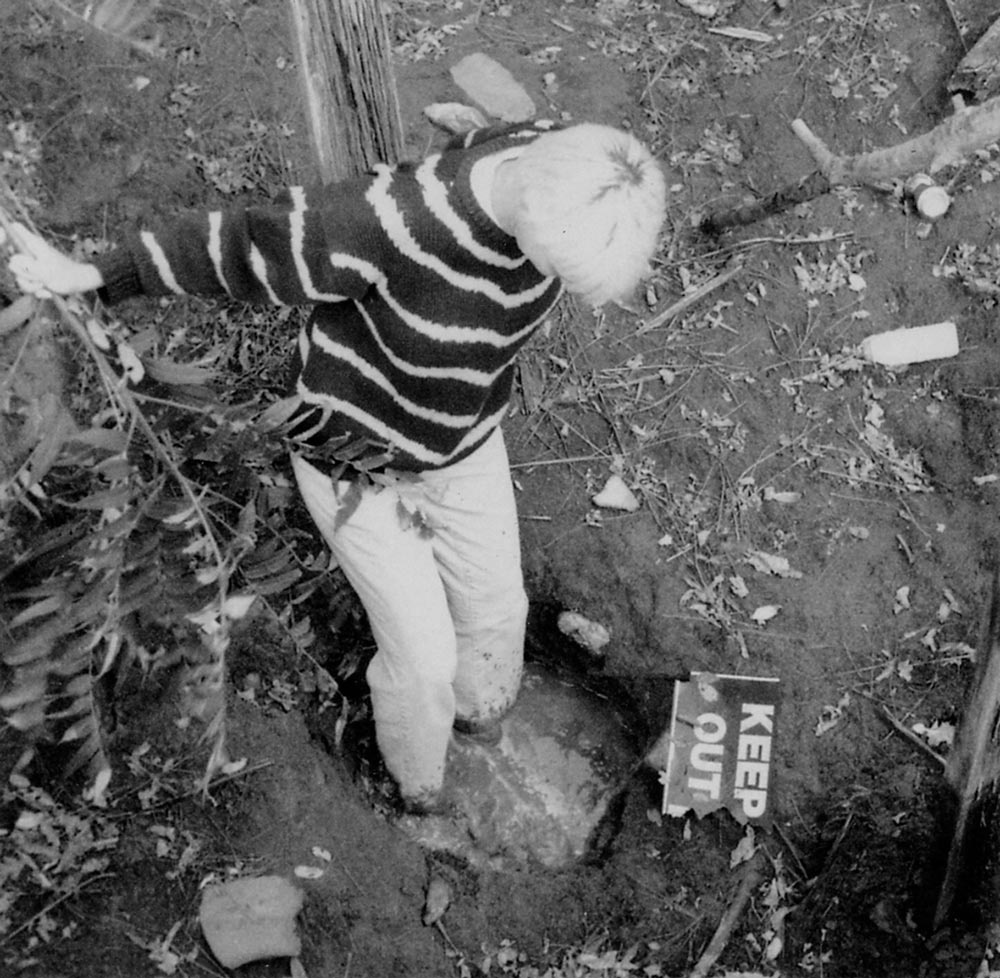
“I really learned my craft from Michael. He absolutely fostered this passion for the land,” she says.
Other seminal influences were the work of Frederick Law Olmsted, the 19th-century architect of New York’s Central Park, and Robert Smithson, the artist-designer best known for his twisting earthen breakwater, “Spiral Jetty.”
Bargmann won the Rome Prize in 1989 and spent a year in Italy studying Etruscan landscapes. In 1992, she left Van Valkenburgh to take a teaching position at the University of Minnesota. Research funding put the keys in the car for a road trip exploring abandoned mining sites around the country.
“I basically gave myself a crash course in reclamation,” she says. At the same time, she created Project D.I.R.T.—Design Investigations Reclaiming Terrain—for ongoing academic design research.
She began to forge an identity that has blossomed since she came to UVA in 1996. A supportive academic environment informs her D.I.R.T. work, and time spent in the dirt pays off with students.
William Sherman, chair of the Department of Architecture and Landscape Architecture, says Bargmann has raised the profile of the program. Particularly vital is the cross-pollination of disciplines and perspectives. “That is very, very important in the academic community right now, that students be able to explore design ideas that also address fundamental social, cultural and environmental issues,” he says.

Students appreciate Bargmann’s energy. “I think Julie’s enthusiasm is contagious,” says Heidi Baker, who ran a greenhouse in Charleston, S.C., before entering UVA’s landscape architecture program. “She has a way of working with what you’re interested in rather than forcing her visions on you.”
Bargmann’s work served as a magnet for Justin Aff, a second-year graduate student. He was living in San Francisco when he read an article about Bargmann and decided to apply. “UVA was completely off my radar until then,” he says.
Bargmann shrugs off any star status the publicity might suggest. More important is being a team builder, a puzzle solver, a collaborator, a catalyst.
“To me, that word—catalyst—that role, means I kind of help identify some of these processes that could take a turn to be more productive and healthy,” she says. “You teach people how to fish; you don’t give them the fish, right?”
Fishing played a part in the vision of “Testing the Waters,” the mine stream reclamation project in Vintondale, Pa.
Collaborating with historian T. Allan Comp and others, Bargmann took to heart stories from people in the community. Residents talked about the once-rugged beauty of Blacklick Creek, of its abundant fish, of the valuable jobs created by the mining industry but the debt left by its detritus, of water so acidic it killed everything but memories.
Vintondale now boasts wetlands formed from the reclaimed water, a recreational park and a memorial to its mining past. The 35-acre project has received national awards, including one for its design.
In 2000, D.I.R.T. turned its attention to an outmoded 1,200-acre Ford Motor Co. coking operation on the River Rouge in Dearborn, Mich. The monumental scale, the crisscrossing conveyors and towering smokestacks had captivated other artists over the years.
Bargmann and architect William McDonough, former dean of UVA’s School of Architecture, looked at ways to revitalize its “industrial-strength beauty.” Their concept combined ecology, technology and history, where manufacturing was revitalized and visitors would pass through a garden of vegetation and buildings to learn about the coking process, its value to the auto industry and its role in building the American dream.
History and education—Bargmann stresses their importance in the classroom as well as in the field.
During a project begun in 2002, she drove students to a Superfund site in Hagerstown, Md., where fertilizer and pesticide had been produced. They trudged around the hills, getting a feel for the land. Then they got a feel for the community by researching its history.
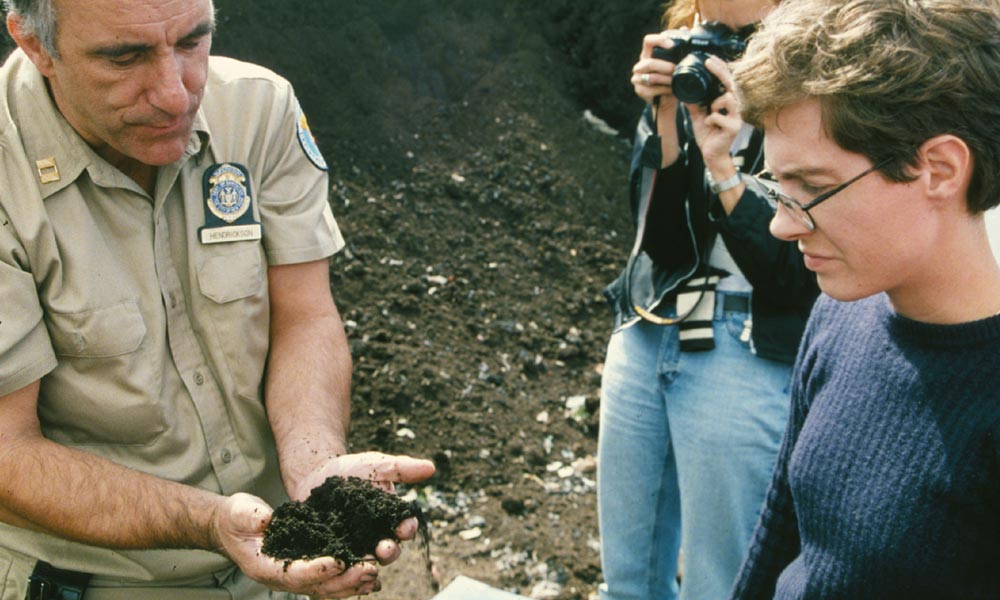
Their approach differed from the Environmental Protection Agency’s standard operating procedure, which was to look at sites in isolation, Bargmann says.
Mapping showed residents that the central chemical site was the beginning of many waste areas. People were aghast initially but seized the idea that they could restructure their community by dealing with the Superfund site.
The students’ research provided context for the residents. “They had no idea. They didn’t know the importance of the industries, the history of the schools, the neighborhoods,” Bargmann recalls.
Daniel Bluestone, an associate professor specializing in history and preservation, played a vital role in that work. He also teaches a course in architecture history that dovetails with landscape architecture design studios, helping the past inform potential.
“This is at the cutting edge,” Sherman, the department chair, says of building a broader approach into designs. “No one is taking on the historical and cultural implications of this with the rigor and intensity that Julie is, and that is helping to define a whole new set of possibilities for the role of designers in urban design, and landscape architecture in particular.”
D.I.R.T. practices what it preaches in regeneration. In moving from its original location in a downtown loft to the historic Silk Mill building on Harris Street, the D.I.R.T. team tore away drywall, exposed beams and ripped up flooring until the original diagonal-plank maple stood revealed. “This is a lot of what we do in our work,” she notes.
D.I.R.T. studio has evolved from a one-woman shop as well. Chris Fannin moved from London with his wife about a year ago to become Bargmann’s business partner and join the UVA faculty. David Hill came on board as an associate in August 2005.
Hill had Bargmann’s full attention on a late March morning, when they pored over plans for the studio’s project at the Philadelphia Navy Yard. A color map showed vacant buildings that Urban Outfitters Inc. had purchased in the waterfront district’s historic core. The company intends to relocate there from its downtown Philadelphia site.
Bargmann showed photos and drawings of how the design focuses on retaining an urban identity and reusing existing materials. Asphalt and concrete are used for an aggregate mulch. In one section, stretches of pavement are stripped, trees are planted, then chunks of pavement are replaced for steppingstones.
The work has revealed elements of the area’s industrial past, but it also builds on the present. Broad Street, an urban artery, borders one side of the site; the 450-acre shipyard bustles on another. “There’s this fantastic thing about turning the corner and seeing these giant ships. Talk about scale.” Bargmann gives a throaty growl. “Love it!”
Though she exudes enthusiasm, Bargmann encounters her share of frustrations. Govern-ment regulations and bureaucracy can become straitjackets. Economic considerations can hamstring possibilities. And with toxic sites in particular, the complexities can be daunting.
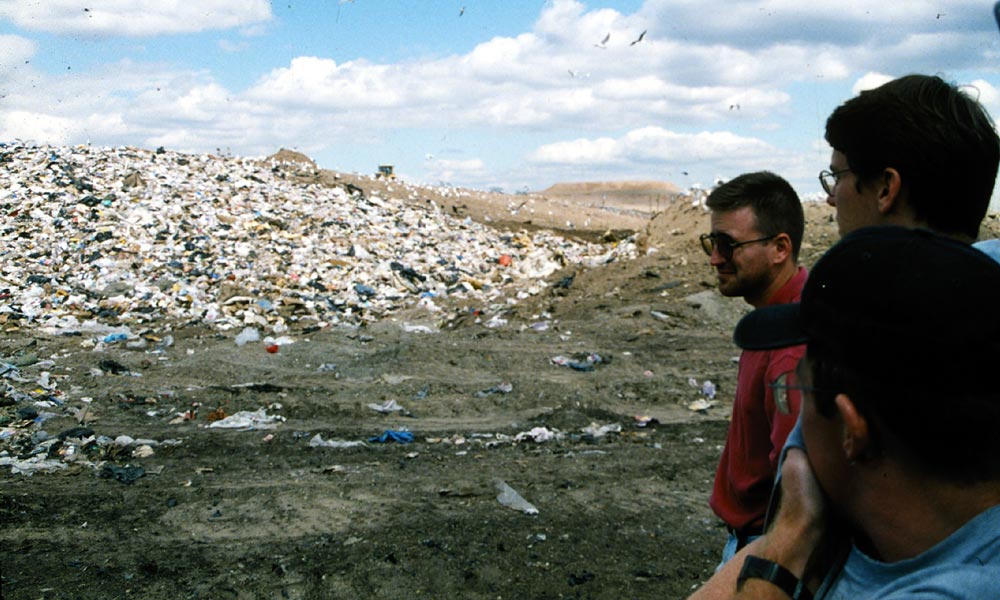
“I think maybe because I can see these sites a little bit more in depth, I often come away pretty melancholy,” she says. “A lot of times I’m like, ‘What can I do as a landscape architect when it involves economic issues?’ So I just pose questions to myself, to my colleagues and my students. How can I be catalytic in the regeneration of this place?”
Growing environmental awareness encourages her.
“There’s still the syndrome of being a victim and a lot of people waiting around for the EPA to do something. But the fact is that now we’re seeing that that’s not very effective.
“So in a lot of ways this catalyst role is trying to demonstrate how folks can also be part of that catalytic process.”
By changing visions of what’s possible, Bargmann is helping redirect energy away from cosmetic fixes toward deeper sensibilities of stewardship. Along the way, she’s teaching others that a blemished landscape can hold great beauty.
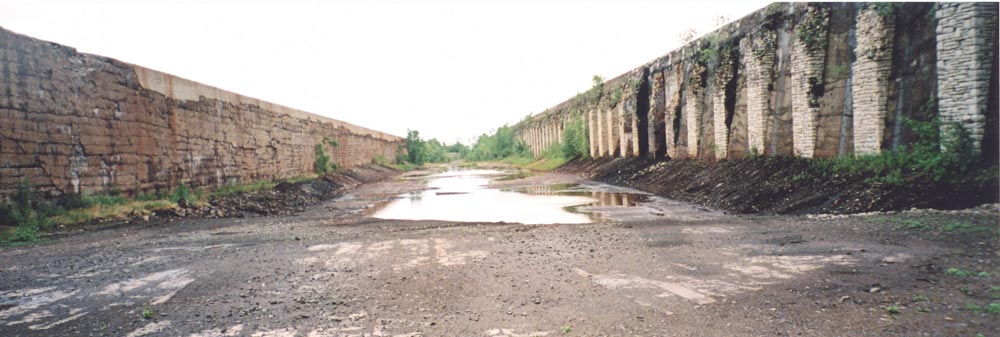
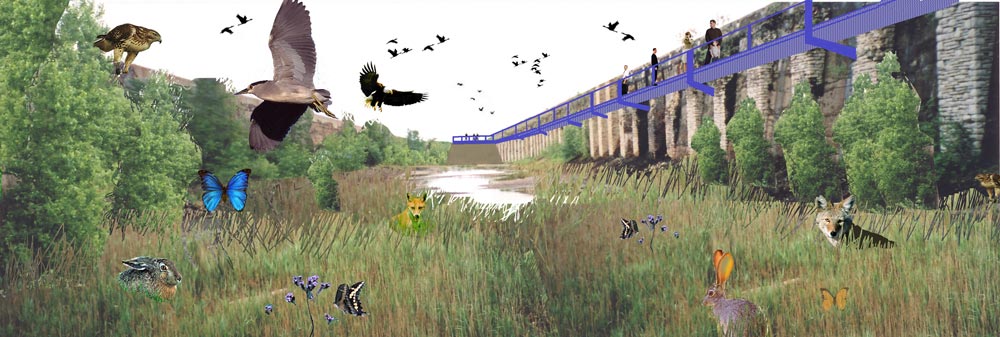
DIRTwork
Stearn’s Quarry Reserve, Chicago (2001)
Challenge: Reclaim a landfill quarry formerly listed as an EPA Superfund site
Design: Concept included a pond/pit for fishing, geologic interpretation and fossil hunting at the quarry, a park with public promenade, habitat for wildlife and an on-site reclamation center for processing new fill
Partners: Chicago Department of the Environment; Roy F. Weston, engineers
Regenerating the Rouge, Ford Motor Co., Dearborn, Mich. (1999)
Challenge: Revitalize a 1,200-acre outmoded manufacturing site where coal once came in one end and cars came out the other
Design: Combine bioengineered storm-water systems with remediation gardens to filter water returning to the River Rouge, and create a boulevard honoring its industrial heritage as a coke-processing facility
Partners: William McDonough and Partners, architects; Nelson/Byrd, landscape architects; Cahill Associates, engineers
Evanston Round House & Rail Yards, Evanston, Wyoming (1998)
Challenge: Revitalize 24-acre abandoned
rail yard contaminated with industrial waste
Design: Readapt the industrial traces for a community park and civic center, and encourage private investment in business and real estate
Partners: James Davis, Evanston Urban Renewal Agency; T. Allan Comp, historian; Elaine Carmichael, economic planner
MASS MoCA (Massachusetts Museum of Contemporary Art), North Adams, Mass (1997)
Challenge: Regenerate an abandoned textile factory site for use as a contemporary art museum and production studio
Design: Convert industrial courtyards into public spaces for art and performances, interweave galleries with businesses and community services and extend industrial gardens through the site
Partners: Museum officials; Bruner/Cott, architects
